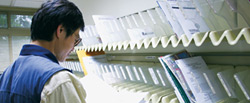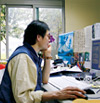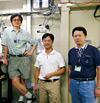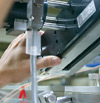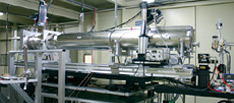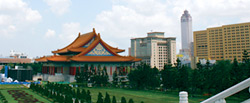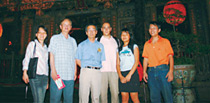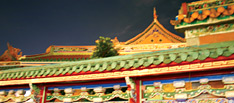Day in the life: U-Ser Jeng
U-Ser Jeng begins almost every morning with a refreshing 40-minute bike ride, meandering through a mountain road surrounded by the sound of birds singing. He winds up a steep hill at the Hsinchu Science Park to his office at the National Synchrotron Radiation Research Center (NSRRC) in Taiwan, where he oversees the construction of new beamlines.
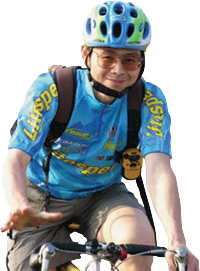
After the bike ride, his work day starts with responding to emails, often answering questions from his trainees. He then spends a few more hours on his computer to work on new designs for beamlines based on feedback from NSRRC's users, as well as conducting his own research. He occasionally takes a brief break to look at the herb garden outside his office where he grows his own mint tea, famous in the office.
U-Ser advises the three members of his team during daily group meetings around lunch time. The rest of each day is usually reserved for dealing with the construction of the new beamlines at the NSRRC 1.5 GeV facility.
U-Ser had been working on the nanostructure of materials for more than 10 years when his career took an unexpected turn at the NSRRC toward his current work. His record has been impressive: his beamline projects have often been completed at the unusually fast pace of about one per year.
During the weekend, U-Ser enjoys spending time with his family. His passion is in preserving nature and supporting community activities. So his weekends often end the same way his workdays begin: on a bicycle.
|
|||||
|
|||||
|
|||||
|
|||||
|
|||||
| Text and photographs: Diana Lin, National Synchrotron Radiation Research Center, Taiwan |
Click here to download the pdf version of this article.




